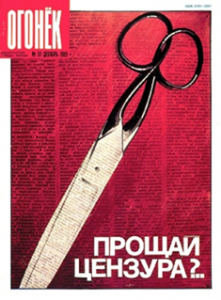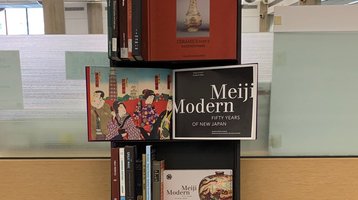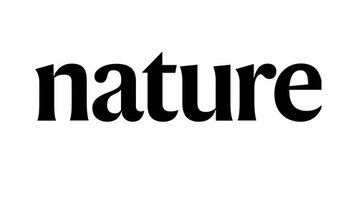The Red Pencil: Censorship in Russia and the Soviet Union
As the nations of the west slowly and haltingly began to limit the restrictions of censorship, Tsarist Russia was just beginning to impose and broaden its reach. And in the 20th century, the Soviet Union expanded censorship to new and horrific depths. Marianna Tax Choldin (Ph.D, University of Chicago, 1979), a noted authority on the censorship of both periods, has coined a phrase, now taken up by many in Russia who write about censorship—OMNICENSORSHIP (ВСЕЦЕНЗУРА)—the Soviet version of censorship, unacknowledged officially, but all-pervasive, and woven through the entire fabric of Soviet society. All citizens–scholars, scientists, artists, composers, librarians, teachers, journalists–knew not only what they MUST NOT do, but also what they MUST do in order to get ahead or in the worst of times, just to survive. If unexpressed thoughts could have been censored, they would have been, and indeed, in the darkest days of the Stalinist purges, it seems as if they sometimes were. Self-censorship was, by necessity, an integral part of the system.
First in the era of the “The Thaw” (early 1960s) and then again in the era of Glasnost (late 1980s), there were signs, at least in some areas, of more permissiveness, a greater freedom of artistic expression. In the introduction to The Red Pencil: Artists, Scholars, and Censors in the USSR, Maurice Friedberg and Marianna Tax Choldin wrote: “What is at issue in this age of glasnost is whether the oppressive status quo will remain in place, whether all cultural and intellectual life in the USSR will be continued to be controlled by a faceless censor endowed with unlimited powers or whether some degree, however modest, of procedural legality is to be introduced.” [pp. xvi-xvii]
The fall of the Soviet Union in 1991 brought new hope that a civil society, based upon just such a system of procedural legality, would develop. Twenty-two years later the issue is unresolved and the battle rages on: unlimited censorship vs. freedom of the press and freedom of political and artistic expression.
The exhibit is located in the Second Floor Reading Room of the Joseph Regenstein Library and will run from May through August 2013. Note that the exhibit is displayed in two floor cases and one wall case, each slightly removed from the others.




